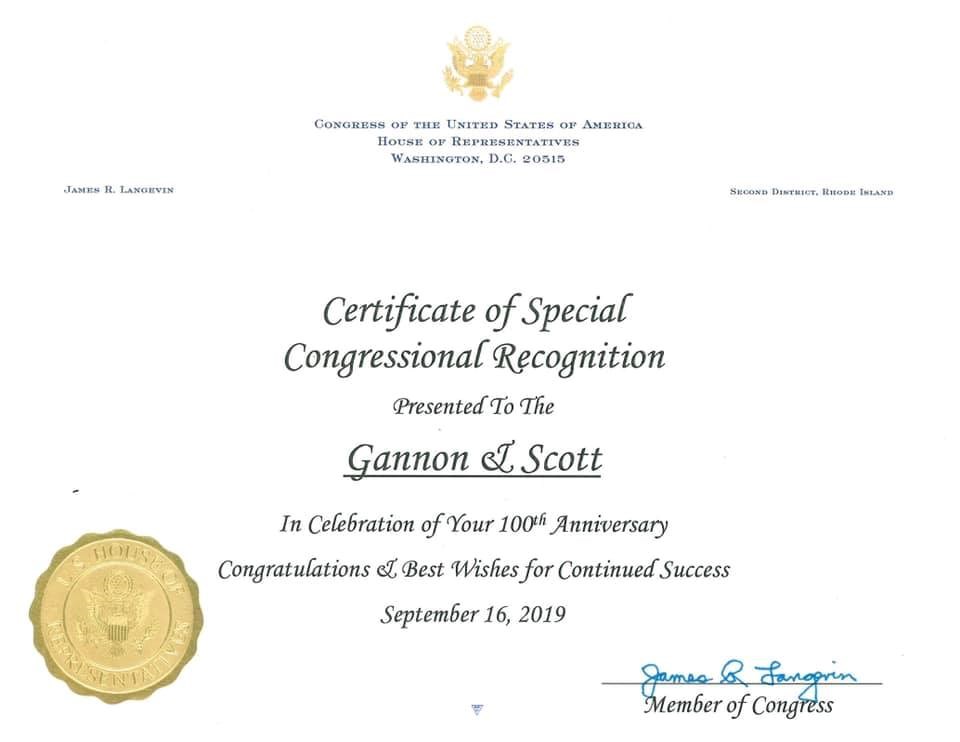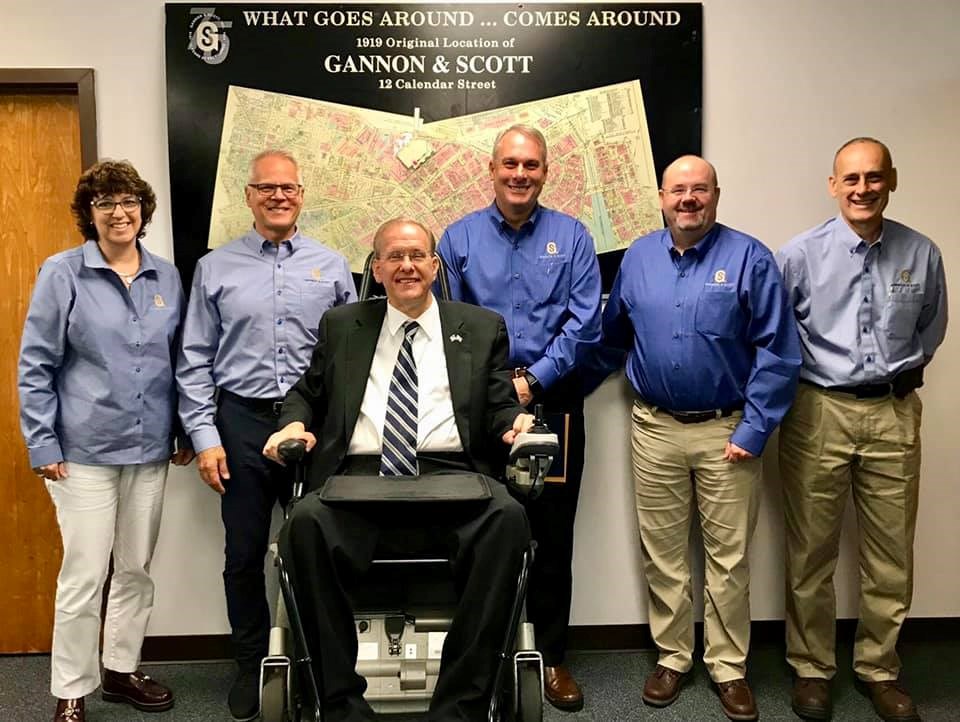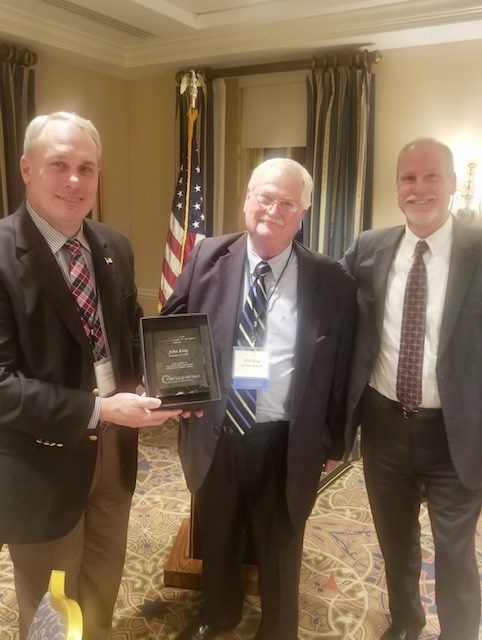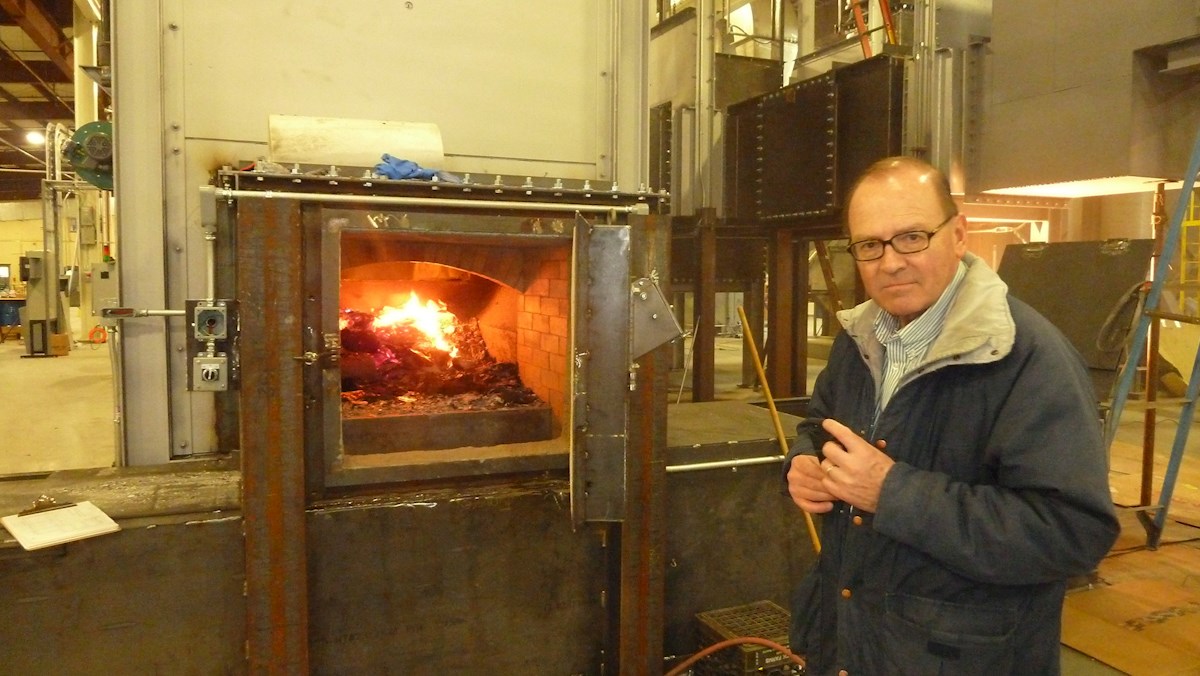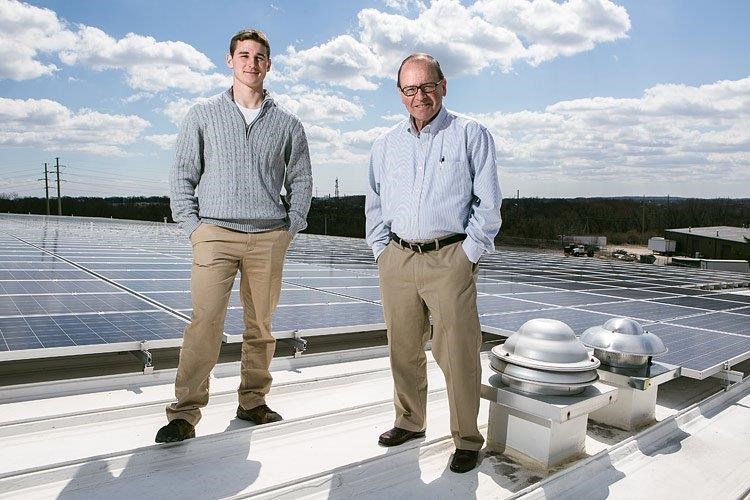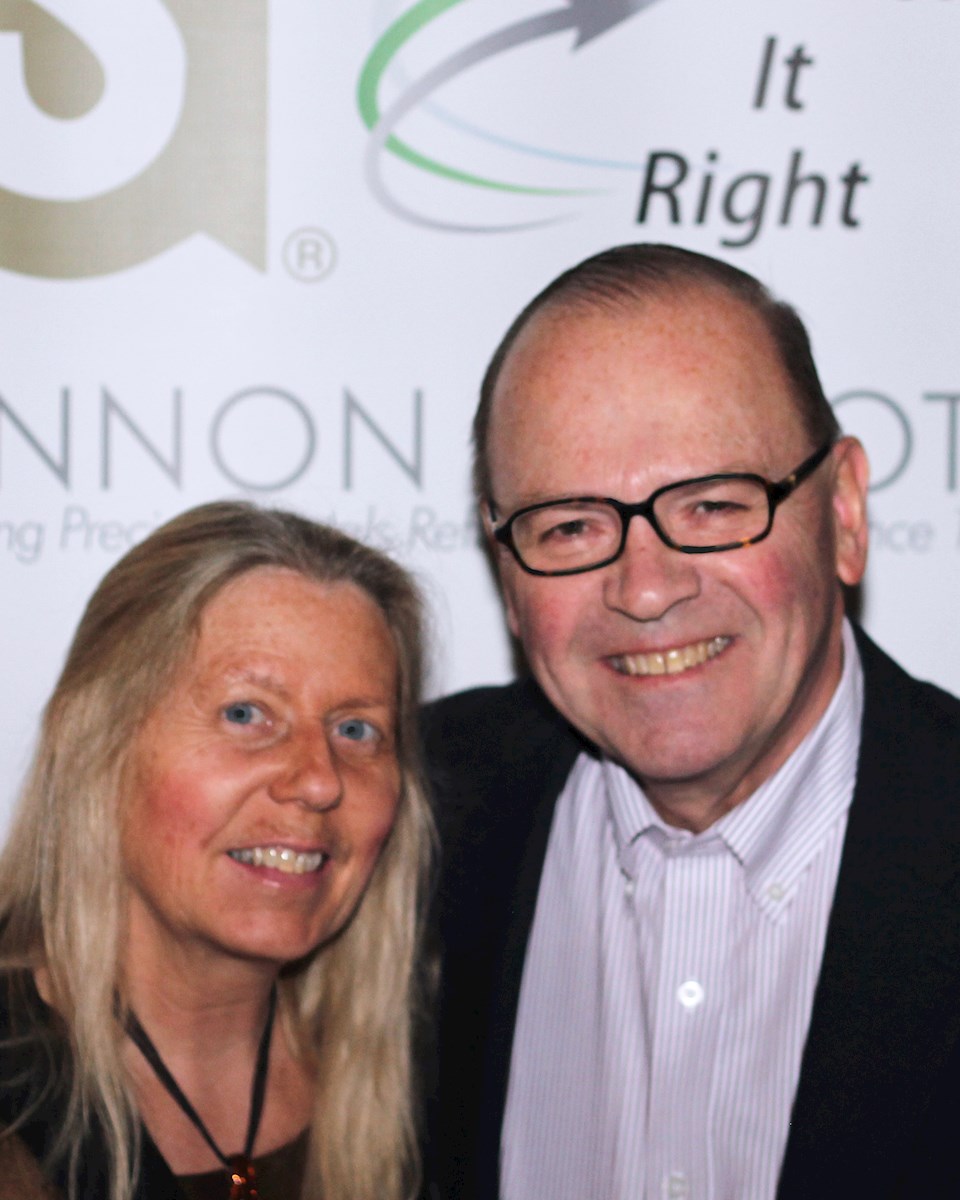
A 5-STEP GUIDE TO MAXIMIZING RECOVERY & RETURNS
You know precious metal fines lurk in every corner of your shop. You scour your work surfaces, clean out your sink traps and even tear up the carpeting every few years, sending it all to a refiner and hoping for a worthwhile return.
But are you doing everything you can to recover that valuable “bonus” metal? Here are five steps to ensure you’re getting value from every square inch of your manufacturing facility.
1. Don’t leave money on the bench.
Maximizing your refining returns starts with maximizing your collection of precious metal debris—in bench sweeps, floor sweeps, polishing dusts, ultrasonic sludge, and other areas.
Here are some tips for capturing as much precious metal as possible:
• Designate vacuum cleaners specifically for collecting bench
and buffer sweeps, so the concentration of precious metals
is not diluted with other debris. Make sure the vacuums use
HEPA filters, which can easily be sent to a refiner.
• Install commercial sink trap systems designed to recover
fine particulates from wastewater.
• Cover wooden floors, which have cracks that easily trap and
hold precious metal fines. Carpets or linoleum flooring work
well, since they can be sent to a refiner for metal recovery.
Consider using carpet remnants in areas that produce large
quantities of dust, like in front of the buffer—you can send out
remnants easily and more often than carpeting.
• Replace wooden bench tops with nonporous material. And
when it’s time to replace the bench, send the old one to the
refiner. Or, if you prefer to keep the wooden top, periodically
sand down the top layer and collect the resulting wood dust.
• Filter solutions from ultrasonics, steamers and plating units.
In Jewelry Metals: A Guide to Working with Common
Alloys, Jim Binnion suggests using a coffee filter to strain used
solution into a container, then using paper towels to wipe the
remaining sludge out of the solution tank. Be sure to include
the coffee filter and paper towels with your sweeps.
• Place floor mats at the exits of work areas that generate
a lot of dust, to collect precious particles from the soles of
shoes. The mats can then be sent out for refining.
• Remember that masks, gloves, aprons, and shop towels can
all collect precious metal fines. Rinse or wash them regularly
in dedicated sinks with filtration systems, and be sure to include them in your refining lot when it’s time to replace them.
2. Invest in professional equipment.
Consider investing in specialized dust collectors and precious
metal recovery systems to maximize your capture of superfine
filings and sweeps. This equipment also helps keep your work
areas clean.
These systems range from compact bench dust collectors to
semi-enclosed work chambers, table-top polishing cabinets,
and high-capacity dust collectors with powerful suction and
ultrafine filters. Recovery systems that are adaptable to various
vacuum units can be more cost-efficient for smaller jewelry
manufacturers. Remember that all vacuum filters, along with
buffing wheels, can be sent to a refiner.
Sometimes, sourcing outside help to collect debris can be
cost-effective. For instance, if you’re not ready to incur the cost
of carpet replacement, you can hire a carpet cleaning service
to do a deep clean and give you the residue
3. Home in on your best sources.
Evaluating your internal systems can help you identify areas
where precious metal collection could be improved. One way
to do this is by segregating material collection into separate
streams and monitoring the results that come back from the
refiner. Are you capturing more or less metal in, say, your
polishing stations or dust collectors? Once you’ve identified
underperforming areas, consider investing in equipment or
processes to improve collection.
Don’t forget the human piece of this equation. It’s crucial to train
your employees in proper collection practices, to ensure they
don’t do things like mopping the floors and dumping wastewater down unfiltered drains. Everyone on the manufacturing floor should understand their impact on, and responsibility for, recovering precious metal debris.
4. Segregate precious metals.
Segregating metals makes your refiner’s job easier and produces a better return. Mixed metals and materials require extra steps in refining, which can result in higher processing costs for the refiner and a smaller payment percentage for you.
• Keep sweeps containing gold and silver separate from
sweeps with platinum group metals (platinum, palladium
and rhodium).
• Segregate higher-grade bench sweeps from lower-grade
floor sweeps—as the precious metal percentage goes
down, so does your return. For instance, you could have
98% gold content in high-grade sweeps, diluted down to
90% by mixing with a low-grade lot. Because it’s more
difficult to separate out the precious metals, the value of
your lot is reduced.
• Remove ferrous metals such as iron and steel from your lots
using high-power rare earth magnets.
• While larger manufacturers may designate separate parts
of their facilities for different types of metal, this isn’t an
option for some smaller shops. In that case, it’s a good idea
to do a deep cleaning as you switch from one metal to the
next, to avoid contamination. Store the debris separately,
adding to the designated lots each time you clean.
Segregating lots by metal types is not always cost-efficient for
small manufacturers, since the fees for processing individual
lots may be greater than the returns. For larger-volume sweeps,
however, it makes good sense to segregate.
5. Don’t get lost in transportation.
While this might sound obvious, we’ve seen sweeps containers
arrive in less than ideal condition, putting the contents—and
the customer’s return—at risk. Make sure containers are tightly
sealed, and consider covering cardboard boxes with plastic
wrap. (We’ve received gaylord boxes that were punctured in
transit and leaking precious materials.) Some manufacturers
ship refining lots in metal drums with serialized tags and
security devices, to ensure the containers stay closed and the
contents are accounted for.
While it’s a good idea to post weights on the outside of each
box or container, avoid writing things like “gold sweeps” or
“high-value lots” (yes, we’ve seen that, too.) For security purposes, it’s better not to tell people what’s inside your containers.
Remember that sweeps containing hazardous materials are
subject to transport regulations. Be sure to work with reputable
transport companies that can help you identify hazardous
materials and abide by the regulations, to protect not just your
sweeps, but also your business.
BONUS:
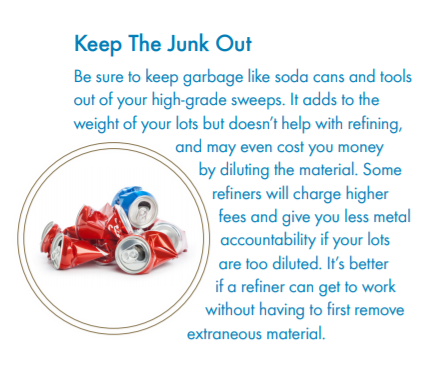
Recover more. Worry less.
Recovering your precious metals since 1919.
1-800-556-7296
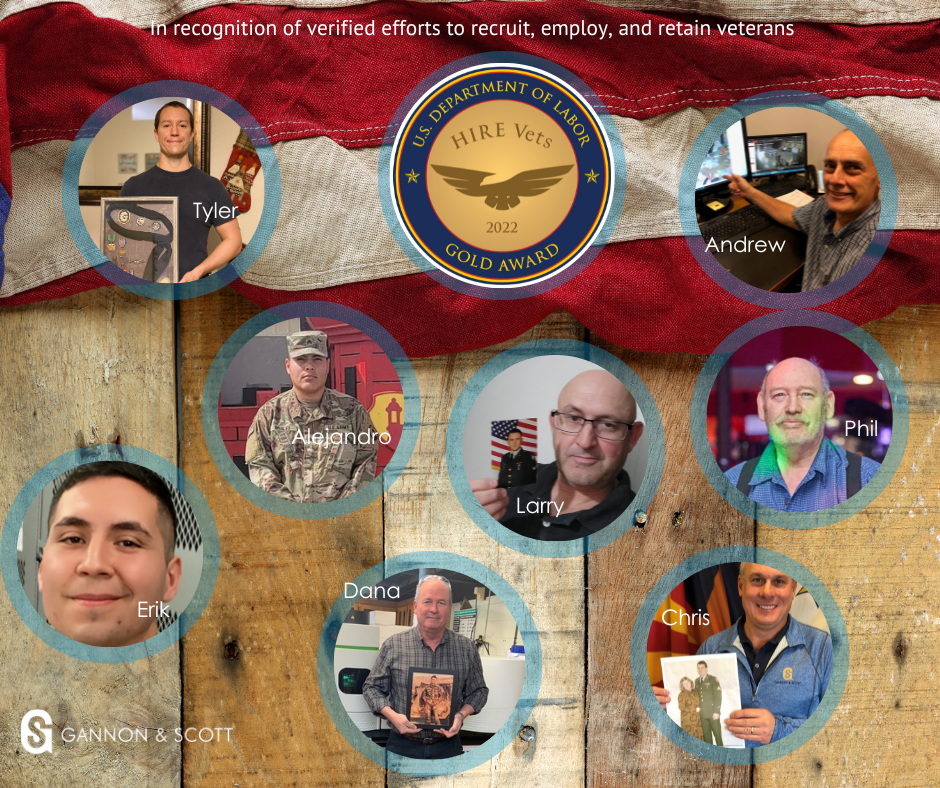

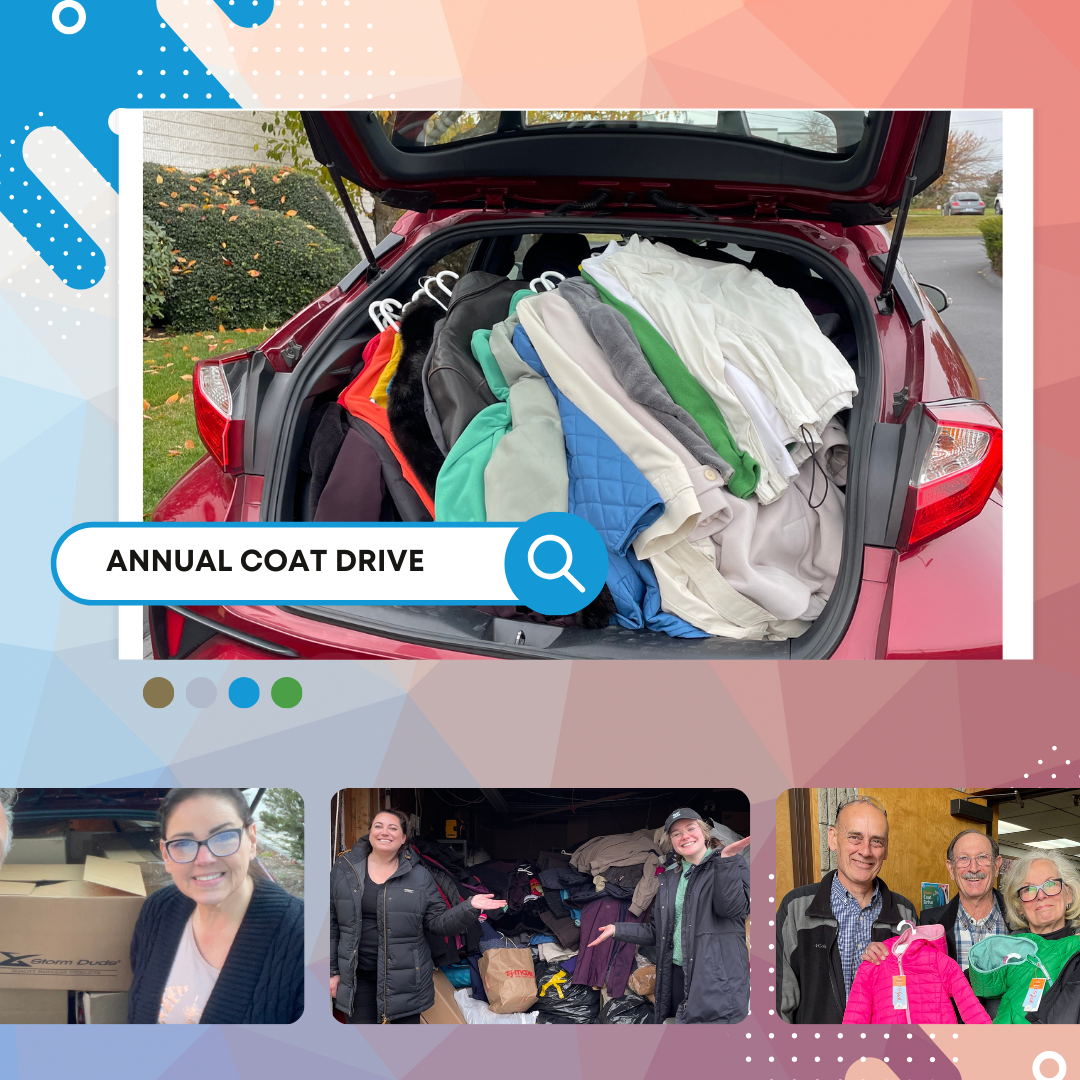
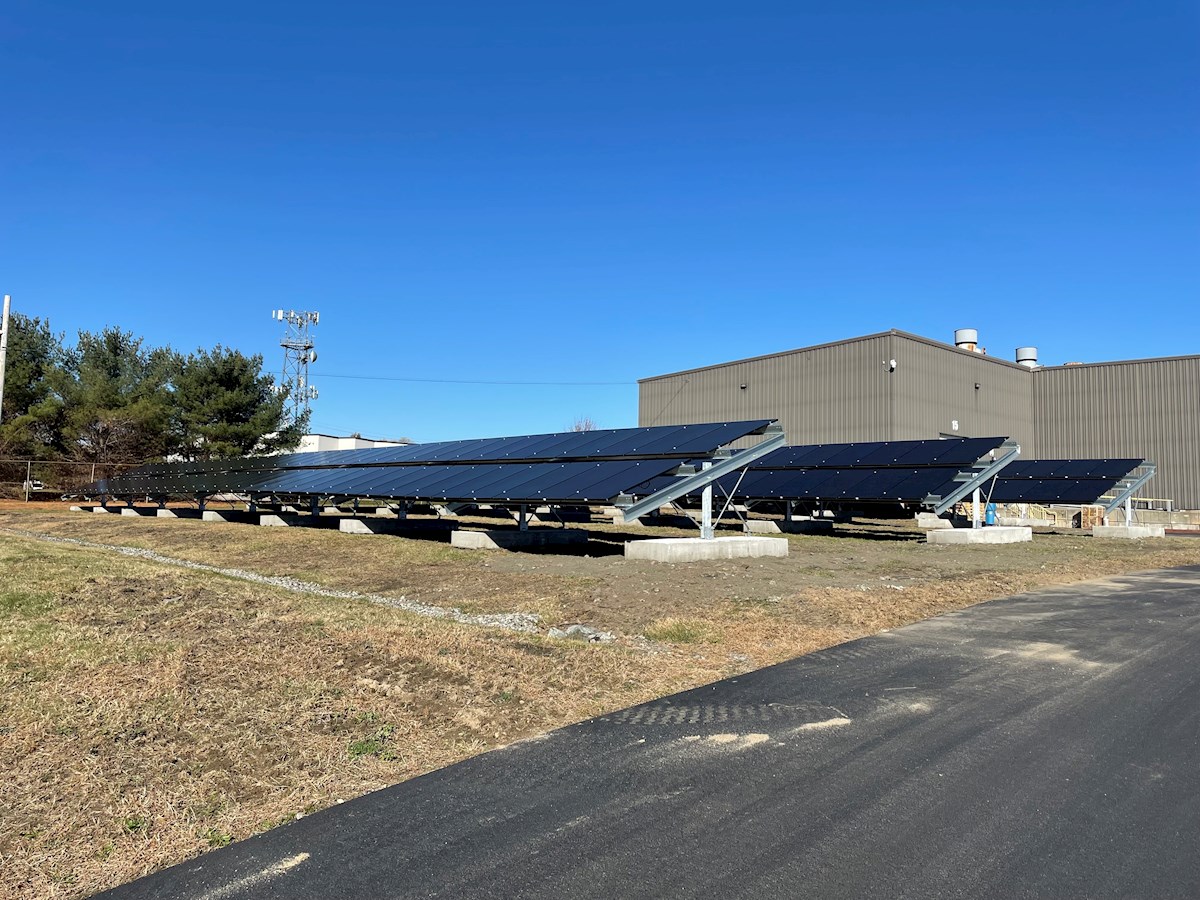
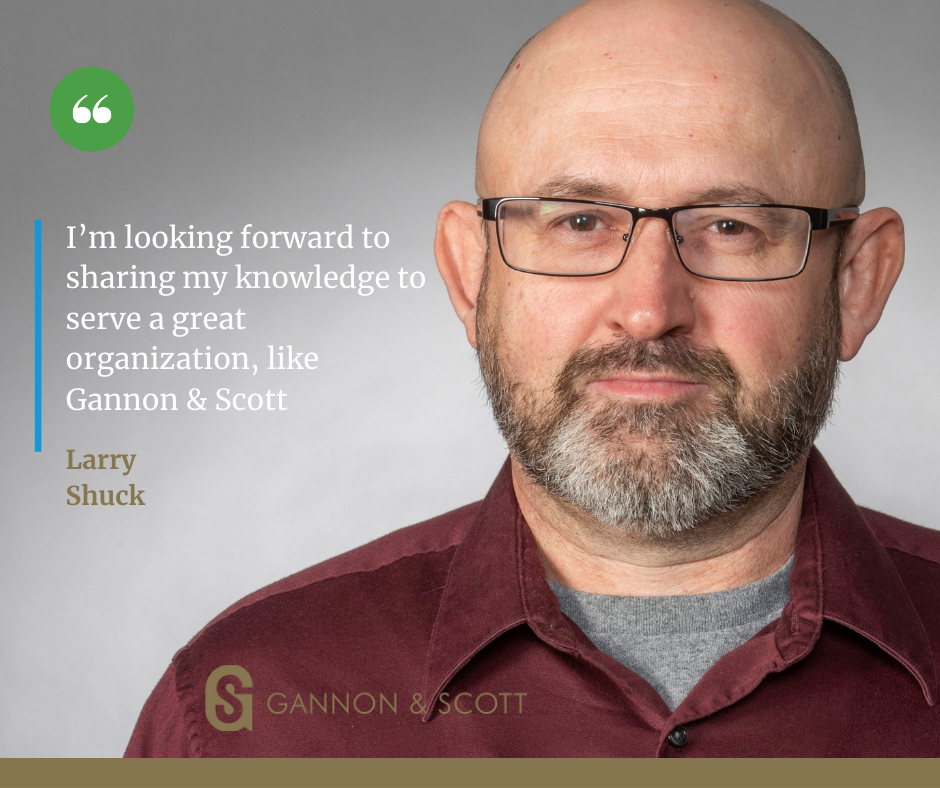


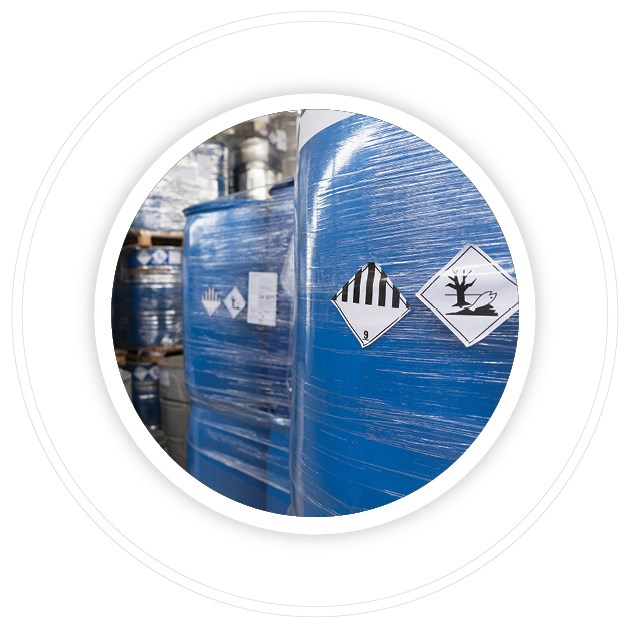
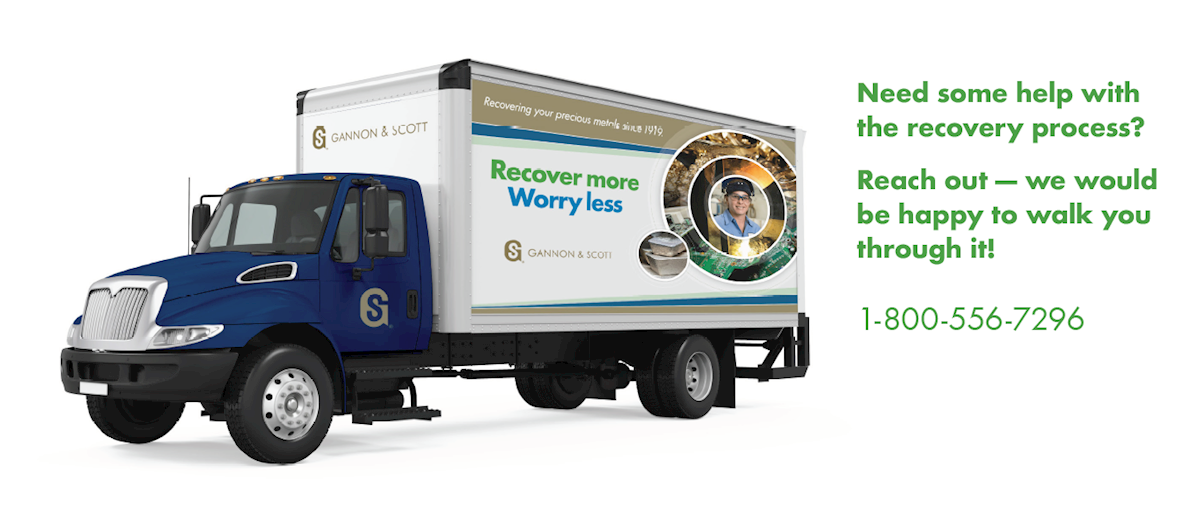




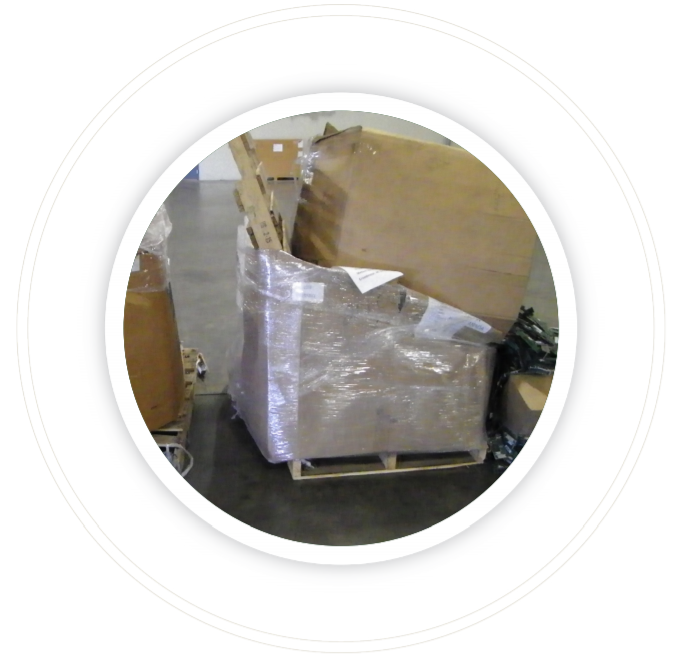
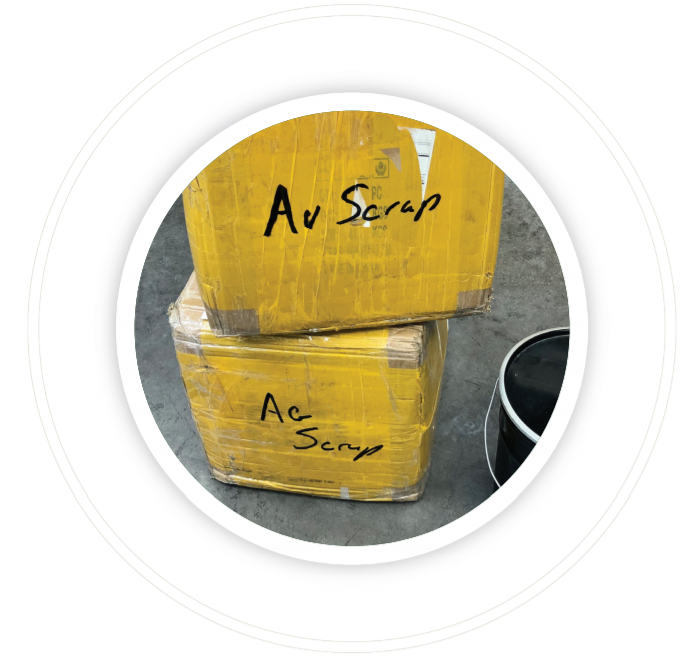
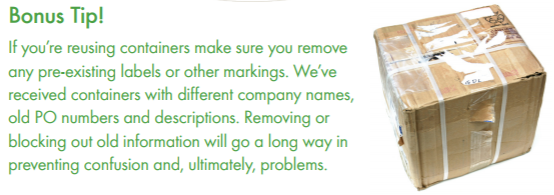
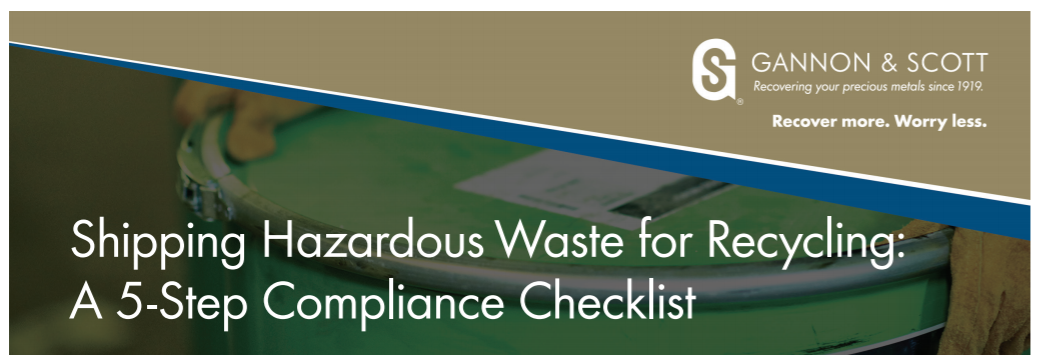
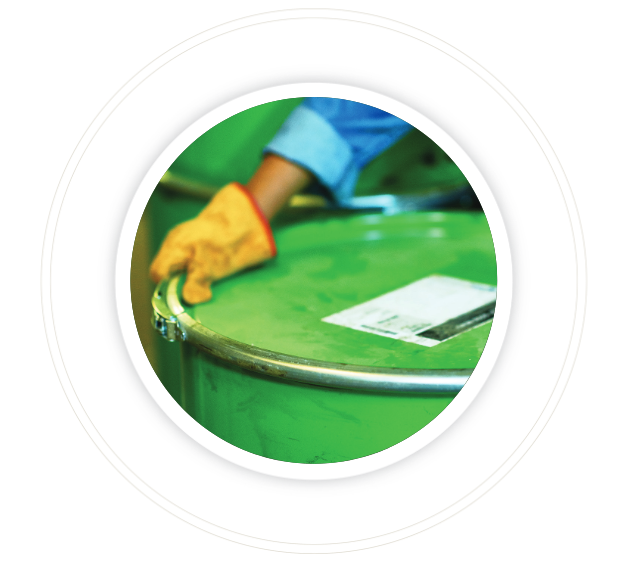
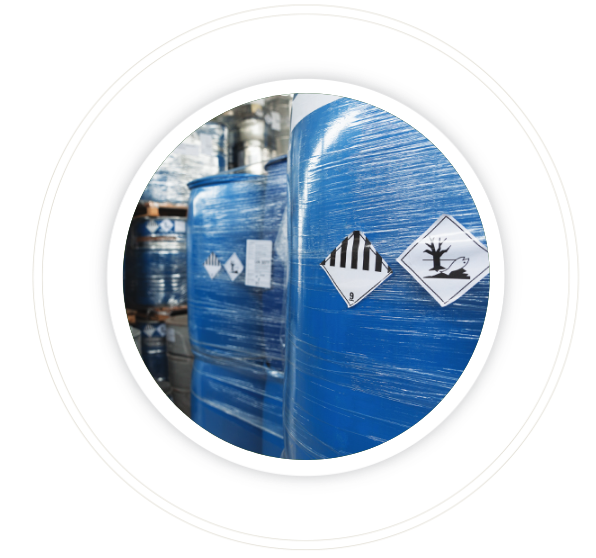
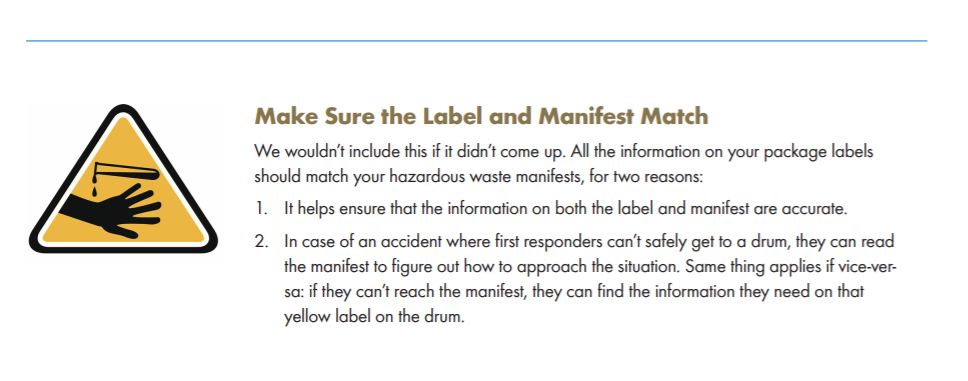



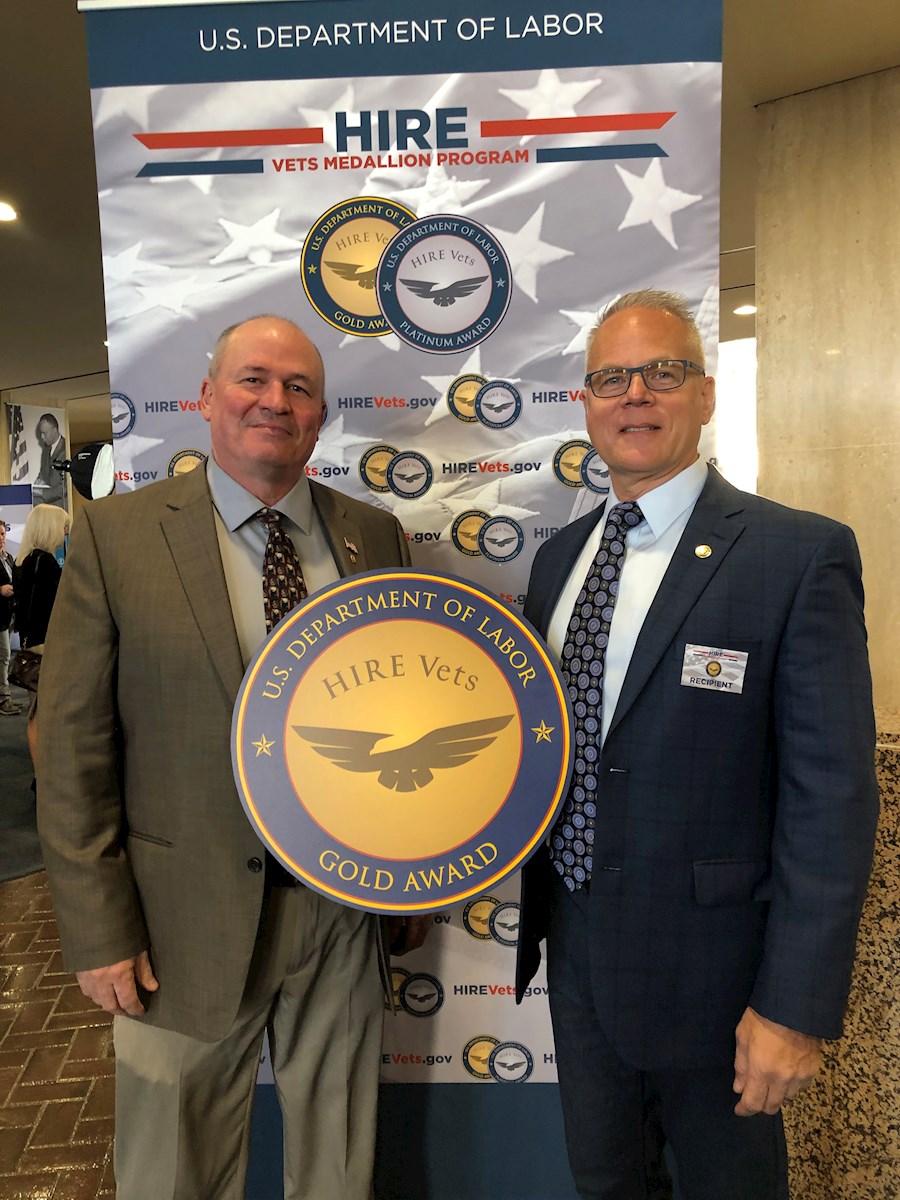
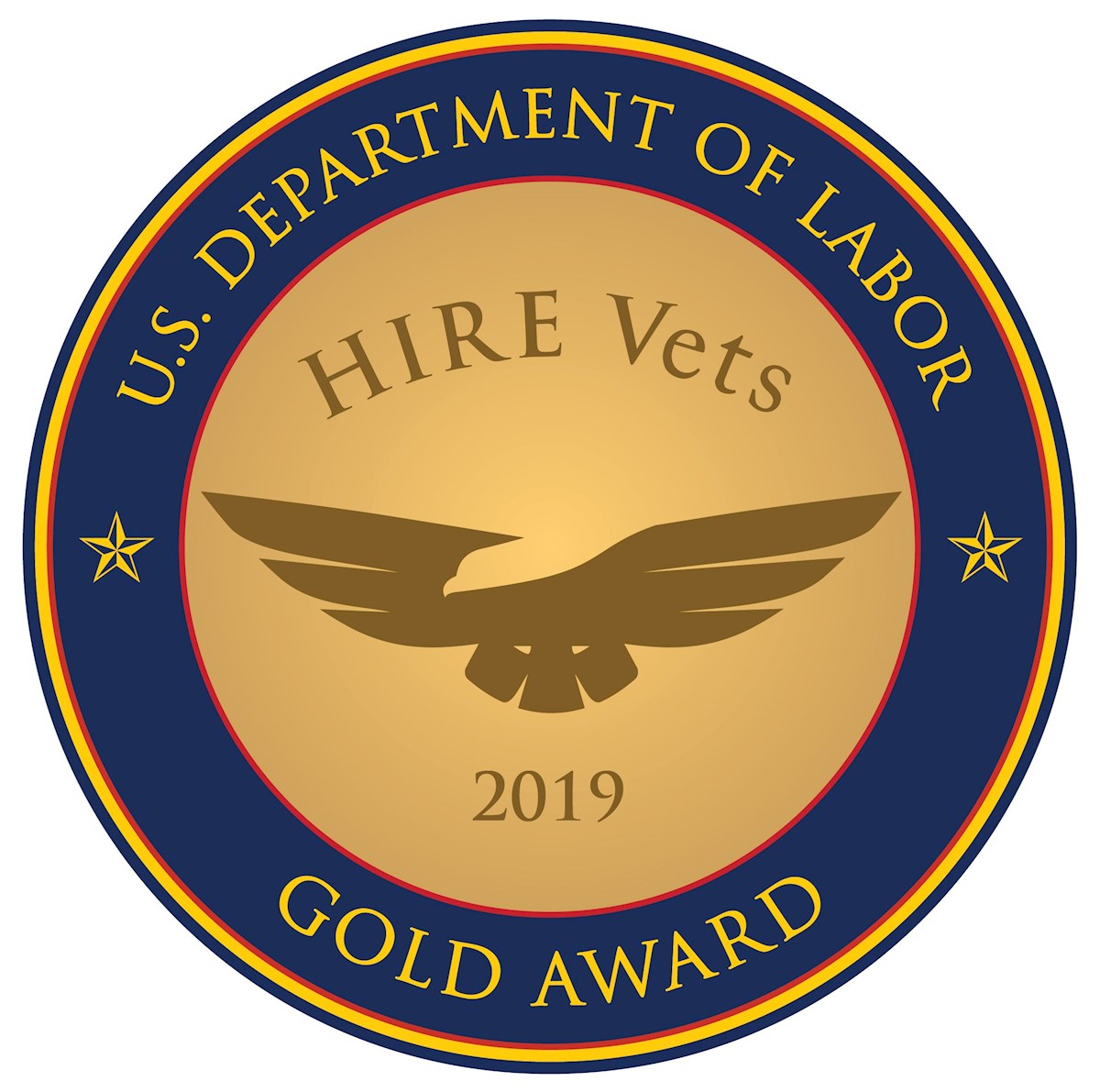 The award recognizes Gannon & Scott’s efforts to recruit, employ and retain veterans.The precious metals refining company serves customers across North America, processing, assaying and recovering precious metals from a range of spent material at its facilities in Phoenix, Arizona, and Cranston, Rhode Island.
The award recognizes Gannon & Scott’s efforts to recruit, employ and retain veterans.The precious metals refining company serves customers across North America, processing, assaying and recovering precious metals from a range of spent material at its facilities in Phoenix, Arizona, and Cranston, Rhode Island.